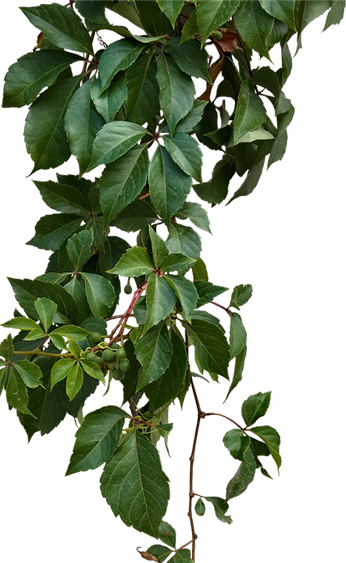PRODUCTION PROCESS
Hinnar Foods Pvt Ltd’s advanced milling facilities employ cutting-edge 21st-century technology. The online inflow and outflow systems are fully automated, incorporating sensor technology. With a production capacity surpassing 5 tons per hour, the plant features state-of-the-art milling equipment, including pre-cleaners, de-stoners, precision-sizers, graders, paddy separators, de-huskers, and color sorters. The plant premises prioritize environmental friendliness and are meticulously shielded against foreign particle contamination. Multiple color sorters and sorting devices are installed to ensure the absence of glass fragments, plastic granules, foreign debris, dust, damaged, discolored, or unwanted grains.
RICE KERNEL COMPOSITION
Typically, a rice kernel consists of approximately 20% rice hull or husk, 11% bran layers, and 69% starchy endosperm, which constitutes the milled rice. In an optimal milling process, raw paddy undergoes fractionation, yielding approximately 20% husk, 8-12% bran (depending on the milling degree), and 68-72% milled rice, either brown or white depending on the variety. Milled rice encompasses whole grains (head rice) and broken grains. Byproducts of rice milling include rice hull, rice germ, bran layers, and fine broken grains.
MILLING PROCESS
Milling stands as a pivotal phase in rice paddy post-production. The primary goal of a rice milling system is to eliminate the husk and bran layers, yielding an edible, white rice kernel that is thoroughly milled and devoid of impurities. Tailored to meet customer specifications, the rice should contain a minimal number of broken kernels. Rice milling processes can range from simple one or two-step procedures to multi-stage operations. Commercial milling systems typically adopt a multi-stage approach to rice production. The rice paddy undergoes several production steps:
- Pre-cleaning
- Parboiling
- De-husking
- Paddy separation
- Whitening or polishing
- Mist polishing
- Grading and separation of white rice
- Color sorting
- Weighing & Packaging
PRE-CLEANING
Paddy cleaning involves the use of pre-cleaning machinery to eliminate sand, mud, stones, or other particulate matter from the paddy. Following the cleaning process, the paddy undergoes a four-stage process: soaking, cooking, drying, and milling.
PARBOILING
This multi-stage process entails the partial cooking of rice paddy, involving soaking, gelatinizing, and drying prior to milling. Parboiling aims to impart the necessary hardness to the grain (with the husk intact) to withstand milling operations. The process involves steaming the paddy with the hull intact, softening the kernel and allowing the surface starch, bran, and other components to blend, thus transferring nutrients from the bran layer to the rice kernel. After steaming, the paddy is soaked in water and then carefully steam dried. Subsequently, the dried parboiled rice undergoes hull removal and kernel polishing.
DRYING
Drying parboiled paddy reduces the moisture content to 12-14% for safe storage and milling. Vertical dryers facilitate the drying process, preparing the paddy for milling.
DE-HUSKING
Dry paddy is passed through paddy separators to eliminate impurities, then into milling machines to remove the husk, yielding brown rice stored in bins.
WHITENING
Brown rice enters whitening machines where the bran layer is removed, extracting white rice kernels. The bran, rich in oil content, is sold as a byproduct.
MIST POLISHING
High-pressure water is used in these machines to impart a silky smooth finish to the white rice kernel.
COLOR SORTING
Color sorters identify and eliminate impurities, foreign matter, damaged, or discolored kernels. The resulting white rice is ready for grading.
GRADING
Graders utilize various sieves to separate rice based on grain length and to segregate broken kernels from whole (head) rice.
PACKAGING
The finished rice is weighed and packed according to desired packaging specifications, prepared for shipment.
